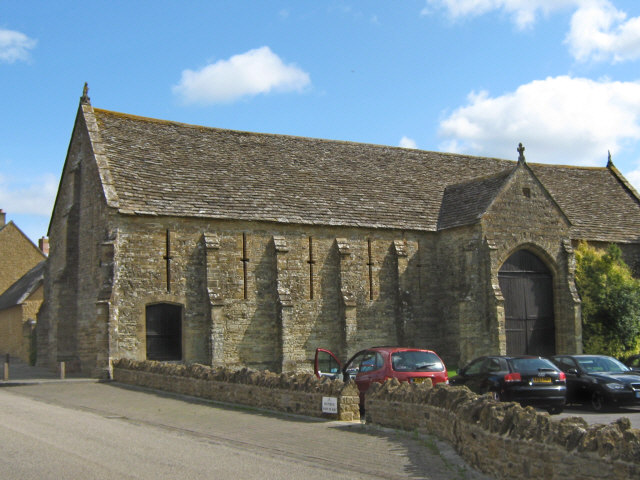Monastic grange on:
[Wikipedia]
[Google]
[Amazon]
 Monastic granges were outlying landholdings held by
Monastic granges were outlying landholdings held by
 Monastic granges were outlying landholdings held by
Monastic granges were outlying landholdings held by monasteries
A monastery is a building or complex of buildings comprising the domestic quarters and workplaces of monastics, monks or nuns, whether living in communities or alone ( hermits). A monastery generally includes a place reserved for prayer which m ...
independent of the manorial
Manorialism, also known as seigneurialism, the manor system or manorial system, was the method of land ownership (or "tenure") in parts of Europe, notably France and later England, during the Middle Ages. Its defining features included a large, ...
system. The first granges were owned by the Cistercians
The Cistercians (), officially the Order of Cistercians (, abbreviated as OCist or SOCist), are a Catholic religious order of monks and nuns that branched off from the Benedictines and follow the Rule of Saint Benedict, as well as the contri ...
, and other orders followed. Wealthy monastic houses had many granges, most of which were largely agricultural providing food for the monastic community. A grange might be established adjacent to the monastery, but others were established wherever it held lands, some at a considerable distance. Some granges were worked by lay-brothers belonging to the order, others by paid labourers.
Granges could be of six known types: agrarian; sheep runs; cattle ranges and holdings; horse studs; fisheries; industrial complexes. Industrial granges were significant in the development of medieval industries, particularly iron working.
Description
Granges were landed estates used for food production, centred on a farm and out-buildings and possibly a mill or atithe barn
A tithe barn was a type of barn used in much of northern Europe in the Middle Ages for storing rents and tithes. Farmers were required to give one-tenth of their produce to the established church. Tithe barns were usually associated with the ...
. The word ''grange'' comes through French from Latin , meaning a granary. The granges might be located at some distance. They could farm livestock or produce crops. Specialist crops might include apples, hops
Hops are the flowers (also called seed cones or strobiles) of the hop plant ''Humulus lupulus'', a member of the Cannabaceae family of flowering plants. They are used primarily as a bittering, flavouring, and stability agent in beer, to whic ...
or grapes to make beverages. Some granges had fish-ponds to supply Friday meals to the monastery. The produce could sustain the monks or be sold for profit. While under monastic control, granges might be run by a steward and worked by local farm labourers or perhaps lay brother
Lay brother is a largely extinct term referring to religious brothers, particularly in the Catholic Church, who focused upon manual service and secular matters, and were distinguished from choir monks or friars in that they did not pray in choi ...
s.
England
At the Dissolution of the Monasteries, all monastic land was seized byHenry VIII
Henry VIII (28 June 149128 January 1547) was King of England from 22 April 1509 until his death in 1547. Henry is known for his Wives of Henry VIII, six marriages and his efforts to have his first marriage (to Catherine of Aragon) annulled. ...
. The lands were sold or given to Henry's followers. Granges often retained their names and many can still be found in the British landscape today.
See also
* Vaulerent barnReferences
Further reading
* Schöneweis, Tobias (2020). ''Die Architektur zisterziensischer Wirtschaftsbauten.'' Berlin: Lit, , esp. pp. 305–371. {{Authority control Farms by type Agricultural establishments History of Catholic monasticism Medieval history of Ireland Medieval history of Wales * * * * Christian monasteries in the United Kingdom